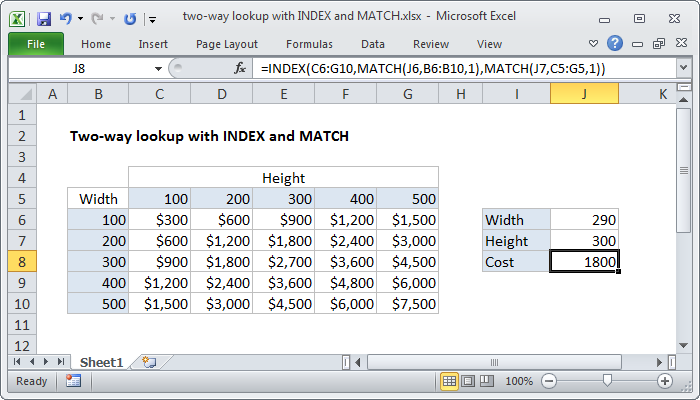Identify Missing Numbers Sequence With IF Formula
As we all known, most of sequence numbers are with fixed increment of 1, such as 1, 2, 3, …, N. Therefore, if you can identify the number is not less 1 than its following number, there is a missing number.
We will show you the tutorials with an example as following screenshot shows:

1. In a blank cell, enter the formula of =IF(A3-A2=1,"","Missing"), and press the Enter key. In this case, we enter the formula in Cell B2.

If there is no missing numbers, this formula will return nothing; if missing numbers exist, it will return the text of "Missing" in active cell.
2. Select the cell B2 and drag the fill handle over the range of cells that you want to contain this formula. Now it identifies the missing numbers with the text of "Missing" in corresponding cells of Column B. See the following screenshot:

Identify Missing Numbers Sequence With An Array Formula
Sometimes it requires not only identifying missing numbers sequence, but also listing missing numbers too. You can deal it with following steps:
1. in the adjacent cell, please enter the formula = SMALL(IF(ISNA(MATCH(ROW(A$1:A$30),A$1:A$30,0)),ROW(A$1:A$30)),ROW(A1))
A1:A30 = range of numbers, the sequence to check against is from 1 to 30
2. Press the Ctrl + Shift + Enter Keys together to finish the formula. Copy down the formula until you get #NUM! errors meaning all missing numbers have been listed. See screenshot:





